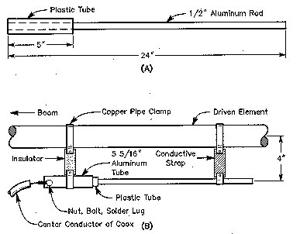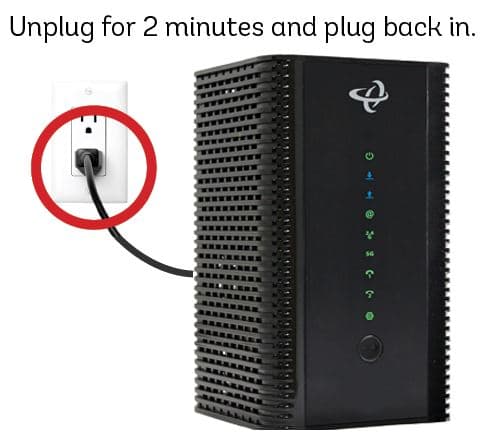Are you struggling with a stubborn drill chuck on your Makita drill? Whether it’s seized, stripped, or just plain stuck, this comprehensive guide will walk you through the process of removing it safely and effectively. As an experienced power tool repair specialist, I’ll share professional tips and techniques to help you tackle this common issue and get your drill back in working order.
Understanding the Problem: Why Drill Chucks Get Stuck
Before we dive into the removal process, it’s important to understand why drill chucks can become difficult to remove:
- Wear and tear: Over time, debris and metal shavings can accumulate in the chuck mechanism, causing it to seize.
- Improper maintenance: Lack of regular cleaning and lubrication can lead to corrosion and sticking.
- Overtightening: Excessive force when tightening the chuck can damage the threads or locking mechanism.
- Stripped screws: The retaining screw that holds the chuck in place can become stripped, making removal challenging.
Understanding these factors can help you prevent future issues and maintain your Makita drill properly.
Tools and Materials You’ll Need
To successfully remove a stuck drill chuck, gather the following tools:
- Hammer
- Punch or center punch
- Large Allen wrench
- Drill bits (various sizes)
- Locking pliers or adjustable wrench
- Replacement retaining screw
- Safety glasses
- Work gloves
Having these tools on hand will ensure you’re prepared for every step of the process.
Step-by-Step Guide to Removing a Stuck Drill Chuck
Follow these steps carefully to remove your seized or stuck Makita drill chuck:
1. Prepare Your Workspace
- Ensure you have a clean, well-lit work area.
- Put on your safety glasses and work gloves.
- Disconnect the battery or unplug the drill for safety.
2. Inspect the Chuck and Retaining Screw
- Open the chuck to its widest position.
- Look for the retaining screw at the center of the chuck.
- Check if the screw is visibly stripped or damaged.
3. Attempt Manual Removal
Before resorting to more aggressive methods, try these manual techniques:
- Apply penetrating oil to the chuck and retaining screw.
- Wait 10-15 minutes for the oil to penetrate.
- Use an appropriately sized screwdriver to attempt removing the retaining screw (remember, it’s reverse-threaded, so turn clockwise to loosen).
- If successful, unscrew the chuck by hand.
If manual removal doesn’t work, proceed to the next steps.
4. Score the Retaining Screw
- Use a hammer and punch to create a small indentation at the center of the retaining screw.
- This will help guide your drill bit in the next step.
5. Drill Out the Retaining Screw
- Select a drill bit slightly smaller than the head of the retaining screw.
- Carefully drill into the center of the screw, starting slowly to maintain accuracy.
- Gradually increase speed and pressure, stopping periodically to clear metal shavings.
- Continue drilling until you’ve removed most of the screw head.
Caution: Be extremely careful not to drill into the chuck or spindle. Take your time and proceed slowly.
6. Remove the Chuck Using an Allen Wrench
- Insert a large Allen wrench into the chuck, securing the short end.
- Position the drill so the chuck and Allen wrench overhang a sturdy work surface.
- Hold the drill body firmly and strike the exposed end of the Allen wrench with a hammer.
- Repeat this process, alternating between light taps and checking if the chuck has loosened.
7. Unscrew and Remove the Chuck
- Once the chuck begins to move, rotate it counterclockwise by hand to fully remove it from the spindle.
- If resistance is felt, apply penetrating oil and try again after a few minutes.
8. Clean Up and Inspect
- Remove any remaining pieces of the retaining screw using locking pliers.
- Clean the spindle and chuck area thoroughly, removing all debris and metal shavings.
- Inspect the spindle for any damage before proceeding.
Reinstalling the Chuck
After successfully removing the stuck chuck, follow these steps to reinstall it properly:
- Thread the chuck onto the spindle by hand until it’s snug.
- Open the chuck to its widest position.
- Insert a new retaining screw (remember, it’s reverse-threaded).
- Tighten the retaining screw securely using a screwdriver.
Preventing Future Chuck Issues
To avoid dealing with stuck chucks in the future, follow these maintenance tips:
- Regular cleaning: After each use, remove debris and metal shavings from the chuck.
- Proper lubrication: Apply a small amount of machine oil to the chuck mechanism periodically.
- Avoid overtightening: Use only moderate force when tightening the chuck.
- Store properly: Keep your drill in a dry place to prevent rust and corrosion.
When to Seek Professional Help
While this guide covers most scenarios, there are times when it’s best to consult a professional:
- If you’re uncomfortable with any step of the process
- If you notice significant damage to the spindle or chuck
- If the drill is still under warranty (attempting repairs may void it)
Many authorized Makita service centers can handle tough chuck removal jobs quickly and efficiently.
Conclusion: Mastering Makita Drill Maintenance
Removing a seized, stripped, or stuck drill chuck on your Makita drill can be challenging, but with the right tools and techniques, it’s a task you can accomplish. By following this guide and implementing regular maintenance practices, you’ll extend the life of your drill and avoid future chuck issues.
Remember, patience and caution are key when working with power tools. If you’re ever in doubt, don’t hesitate to seek the help of a professional. With proper care and occasional troubleshooting, your Makita drill will continue to be a reliable tool in your workshop for years to come.
Have you successfully removed a stuck chuck using these methods? Share your experience or ask questions in the comments below. Your insights could help fellow DIY enthusiasts tackle similar challenges!


![[Windows 8] How to share Internet connection with your phone, tablet, other computers, and other dev](https://www.800908.com/wp-content/uploads/2021/10/1224-6.png)

